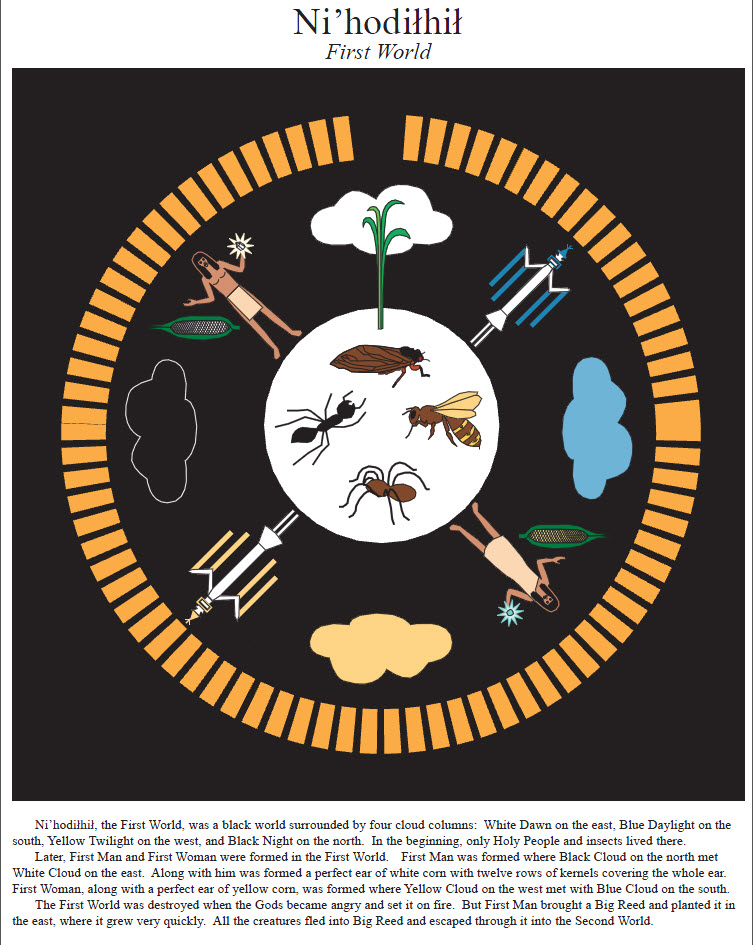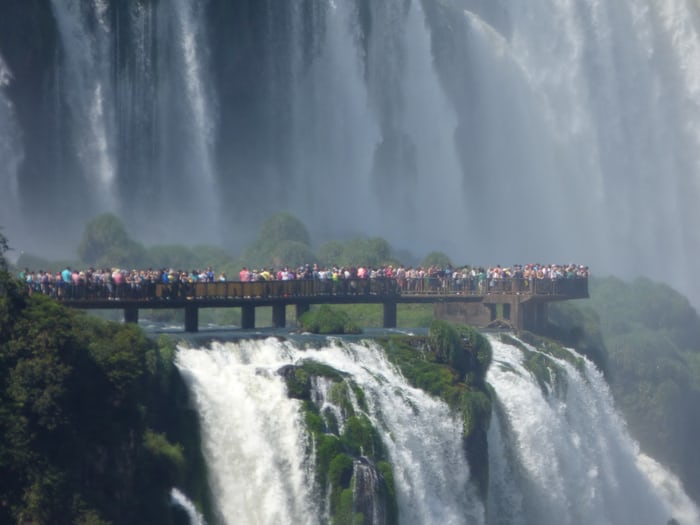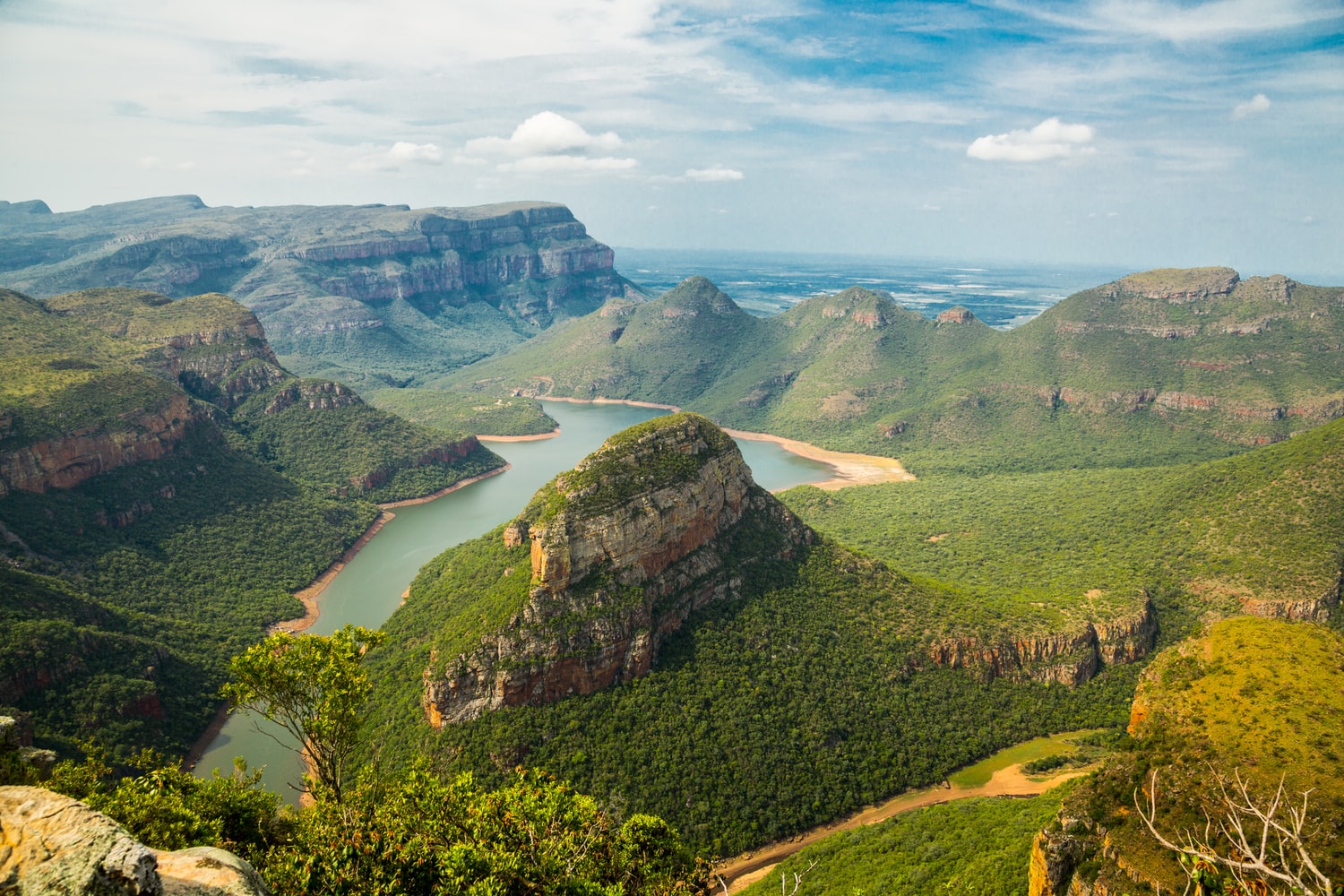Guide to Saving Dying Languages When Traveling

The Navajo Nation, called Dinetah in Dine Bizaad (our native Navajo language), is the United States’ largest federally recognized tribal reservation. The landscape of the Four Corners is home to some of the most beautiful places in the southwest. Remembering the Canyon de Chelly National Monument, which is home to the famous ‘mittens’ and Chaco Canyon, famous for its breathtaking photographs of brilliantly-red curved sandstone with beams of warm sunlight hitting the sand brings back fond memories of my heritage there. Visitors from all over the world come to the Navajo Nation for our strong culture and beautiful backdrops. And yet, very few of its tourists know that our native language is currently dying out. An estimate of 170,000 speakers still keep the language alive but these numbers are steadily decreasing. With most of our schools on the reservation teaching English, the only place young Navajo children can learn our language is through their elders at home. In my culture, telling oral histories is one of the most prized skills. Our elders take their time telling the stories of our origins from the levels of the world, first emerging from Nihodilhil, the First World of Darkness and finally to our current world Nihalgai, the Glittering World. These stories are told with precision and care and are received with respect and reverence. Language and culture are so closely tied to one another, if our language should die, so would our entire tribe.
Image Credit: 2013 Heritage Language Resource Center/ Theresa BreznauDying languages have been a widespread issue, as the effects of colonialism around the world has wiped many languages out completely. Places all around the world have suffered the overwhelming power of English as a native language. Even within Europe, there are Cappadocian Greek languages and Northern French dialects that have a real risk of becoming extinct. BBC says, "Over the past century alone, around 400 languages – about one every three months – have gone extinct, and most linguists estimate that 50% of the world’s remaining 6,500 languages will be gone by the end of this century (some put that figure as high as 90%, however)".
The Cappadocian Greeks were forced to relocate from Turkey to Greece with the invasion of the Byzantine Empire. With the invasion of the Turkish language, the newly evolved language has been heavily influenced by Turkish. Today, there are only 2800 speakers remaining and are ever declining. In more dire circumstances, the Ume Sami of Sweden currently only have about 20 fluent speakers. Living along the Ume River that runs from Norway to Sweden, the Ume Sami’s language is only spoken by the elders of the community. Other cultures, like the Cornish language from Cornwall in the southwest of England, have a larger group of speakers but are declining at a faster rate. With over 3,500 speakers in the United Kingdom, Cornish has had a long history developing from the Brittonic tongue that came before European English.
Image Credit: Unsplash/ Marcelo IrigoyenWhen traveling, it is always a good idea to not only be aware of the looming number of dying languages, but to also chose organizations that are geared toward helping them survive. Travel planning companies like GoEuro believe that a ‘linguist based’ ethical tourism approach can help preserve some of these languages. Other more recognized organizations, like UNESCO, have interactive maps of the world’s languages that are in danger. Organizations like Matador offer language learning tips for tourists and even National Geographic has an Enduring Voices Project. There are also other non-tourism focused platforms like Living Tongues or the Rosetta Project that offer more concrete aid in learning new endangered languages.
Language is not isolated when it dies. With it, it takes cultural traditions and unique perspectives of the world. It is an integral part of the human imagination. There are countless cultures that have languages in danger of dying out that it could become an overwhelmingly long laundry-list of cultures. Really, the most important thing to keep in mind when traveling anywhere you are not a native speaker is to be aware and active. Learn a few words of the native language in the region you will be staying at. If you have time, study some of Latin America’s indigenous languages or South African dialects like Sulu, Xhosa, or Tswana. Find a local language organization whose fund you can contribute to or go global and donate to the Endangered Languages Fund. Look for language study fellowships in places you visit. There are so many small solutions to help these cultures maintain themselves for an eternity,
Image Credit: Unsplash/ Lina LoosFor myself, it is an undeniabley large problem that cannot be ignored. Without these langauges, an entire way of thinking and an entire people is wiped from history. Years of influences from other cultures, of sacred oral histories are lost to time and can never be retrieved. We must help these cultures from losing themselves to the influence of Anglo countries and prove that English should not become the norm when there are so many other languages to learn from. Ahe'ee'. Thank you.




